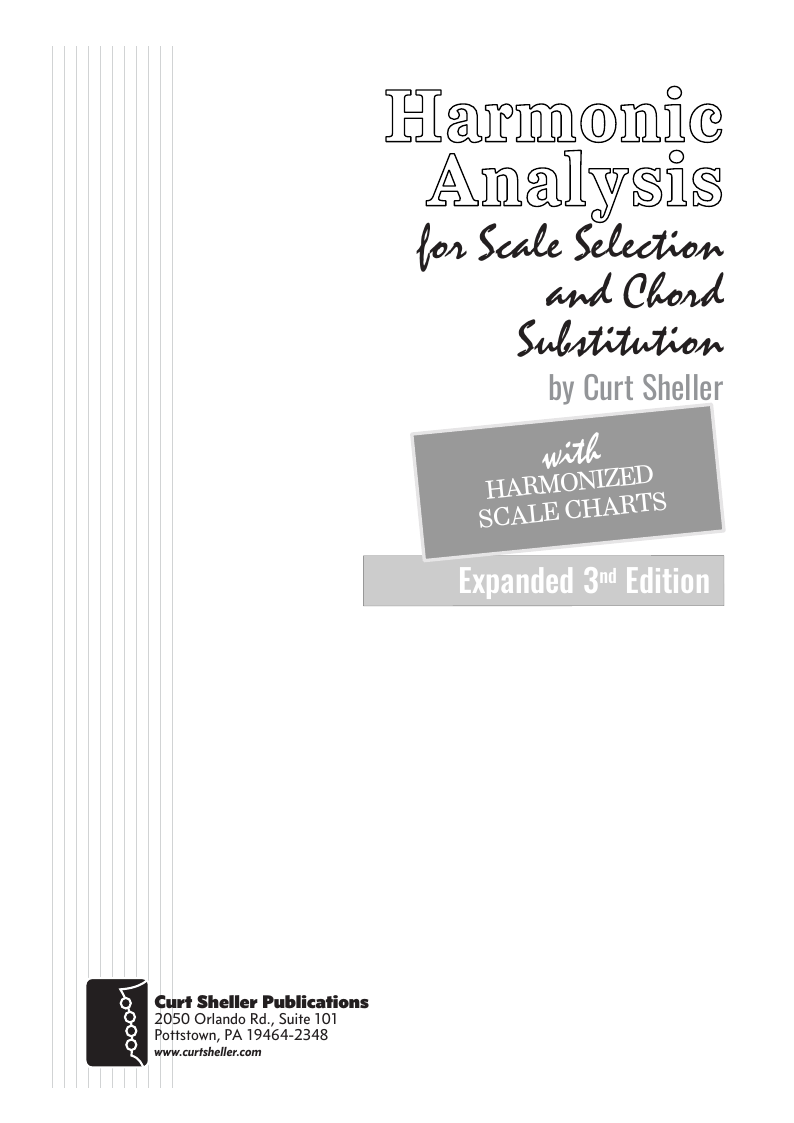Harmonic Analysis (RMA) Worksheet for the song: "Sunrise, Sunset".
Harmonic Analysis (RMA) Worksheet for the song: Sunrise, Sunset.
Sunrise, Sunset is a song from the musical Fiddler on the Roof written in 1964 by composer Jerry Bock and lyricist Sheldon Harnick.
This song is performed at the wedding of Tzeitel, Tevye and Golde's eldest daughter. The two parents sing about how they can't believe their daughter and her groom have grown up, while Hodel and Perchik sing about whether there may be a wedding in the nearby future for them. (wikiwand);

The Daily Ukulele— 365 Songs for Better Living book.













Unlike Major keys and tonalities which draw the their source chords (harmony) from one major scale. Minor keys draw from three minor scales for their melodies and chords. FOr chords the main scale if the Harmonic Minor scale. Melodic choices com from all three.
I7
( V of IV)
I7
( V of IV)
II7
( V of V)
II7
( V of V)
I7
( V of IV)
II7
( V of V)
Chorus
I7
( V of IV)
I7
( V of IV)
G Dorian and C Mixolydian are actually the same scales: G A Bb C D E F G` . Just comes down to what bass note you want the bass player to play and the lowest note of a chord for chordal instruments such as the piano and guitar that actually have a bass range.
There is a single beat A7+5 chord on beat four of measure one above. Single beat chords can be ignored for Harmonic Analysis purposes. And, in this can the harmonic function does not change. You can address the #5 in any solos or melodic embellishments you might do.
A Harmonic Analysis (RMA/HA) and its worksheet are intended to show the function of the chords, the harmonic principles used, the keys and tonalities the song explores. And, can be used for scale selections and chord and scale substitutions.
lead leadsheet.Minimal roadmap information such as repeats, fine, D.S., D.C., and codas has been used in preparing the worksheets to somewhat mirror the leadsheet in the Daily Ukulele book.
Yellow Book. You should start to recognize that 1st endings typically always return to a previous verse or an
 section. With a 2nd ending, a transition to a different part of the song, a
section. With a 2nd ending, a transition to a different part of the song, a  or chorus. Harmonic Principles are used for these repeats and transitions.
or chorus. Harmonic Principles are used for these repeats and transitions.- Sunrise, Sunset is in 4/4, Common Time and the Key of Dm .
- Full Diatonic
- Partial Diatonic • Full Diatonic includes Secondary Dominant chords

Contemporary Scales: Minor Pent: Minor Pentatonic, Pent: Major Pentatonic, Blues,
Scale/Mode Names: Ion: Ionian (Major), Dor: Dorian (Minor), Phrygian: Phrygian, Lyd: Lydian, Mix: Mixolydian (Dominant), Aeol: Aeolian (Natural Minor), Loc: Locrian


- (wikiwand); Sunrise, Sunset
- Sunrise, Sunset •
Related Lessons, Videos, Lesson Series, Songs, Books & Reference Charts, Resources & Assets, Workshops are below.

Harmonic Analysis ( HA ) is the process used to determine the harmonic function of chords within a chord progression. A chord progression is defined as a sequence of chords, each chord has a root and has a particular chord type. The relationship of a chord's root to a scale determines its function within that scale's tonality. Once a chord's function is identified, scale selections along with chord and scale substitutions can be made. This process is called Root Movement Analysis ( RMA ). This series of lessons are extracted from my book for use with individual private and on-line students. Each lesson directly corresponds the chapters in my book Harmonic Analysis for Scale Selection and Chord Substitution by Curt Sheller (me).

Harmonic Analysis (HA), also known as the study of chord relationships, is the method used to identify the harmonic role of chords within a chord progression or song. A chord progression refers to a sequence of chords, with each chord having a root note and belonging to a specific chord type. The function of a chord within a particular scale's tonality is determined by its relationship to that scale.

Harmonic Analysis is the understanding of the functional sequence of chords. It is the process used to analyze the harmonic structure of a progression, song or composition. This analysis is then used to make scale selections for improvisation and chord substitution.

Strum a different song every day with easy arrangements of 365 of your favorite songs in one big songbook! The Daily Ukulele features ukulele arrangements with melody, lyrics and uke chord grids and are in ukulele-friendly keys that are particularly suited for groups of one to one hundred to play and sing.

Finally, learn the names of the notes of the ukulele fingerboard in C tuning .

Learn the six fingering principles to navigating the ukulele fingerboard. Fingering is one of the most universal topics. Book: Six Secrets of the Ukulele Fingering

Harmonic Analysis is the understanding of the functional sequence of chords. It is the process used to analyze the harmonic structure of a progression, song or composition. Book: Harmonic Analysis for Scale Selection and Chord Substitution

Learn to read single note melodies in the first/open position is a lot easier than you might think. Book: Ukulele – Reading Music Series – Primer

An organized collection of daily practice and reference material for the contemporary ukulele player for developing the vocabulary and knowledge necessary for single note playing. Book: Daily Practice Material for the Contemporary Ukulele
Checkout the Books & Reference Charts for additional Handy, Dandy Reference Charts.

Ukulele Fingerboard Chart for C Tuning, Low or High G – G C E A

Ukulele Fingerboard Chart for G Tuning, Low or High A – D G B E

A handy reference chart of all 15 major and relative minor key signatures. US Letter 8.5 x 11 sized (ANSI-A), A4
Checkout the Books & Reference Charts for additional Handy, Dandy Reference Charts.






.jpg)